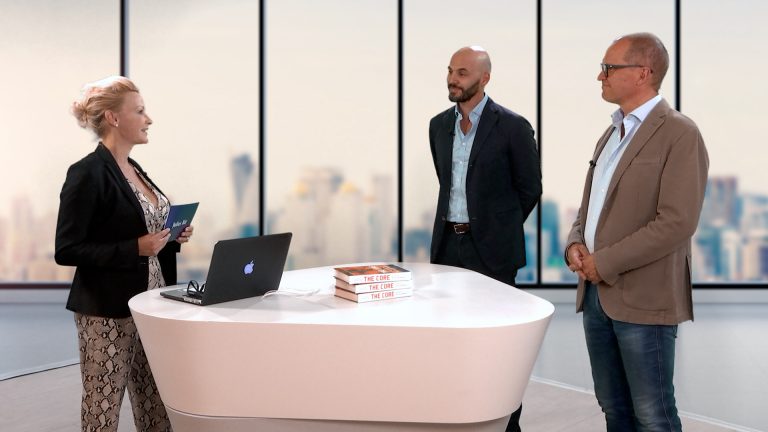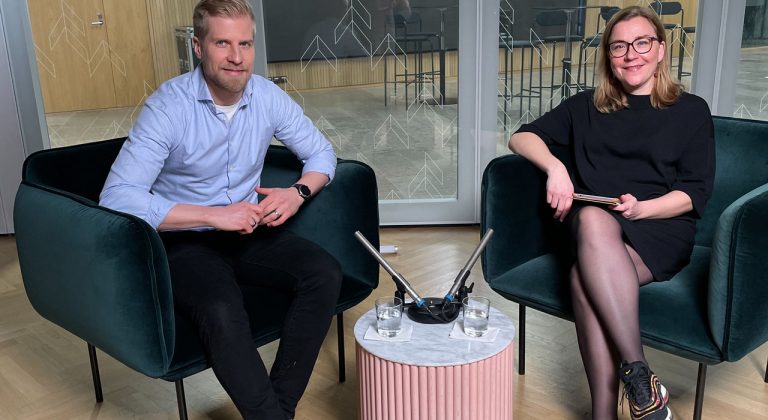Back Pain is Costing Companies Billions – Here’s What All of Us Can Do

Back pain is the leading cause of disability in the workplace worldwide. Since the 1990’s it has been one of the most expensive physical conditions, costing 134 billion USD in 2016 in Northern America alone. These costs are related treatment, not to mention work absences, lower productivity, and overall decrease in quality of life. If you, as most people in the world, have experienced an episode of lower back pain, you may know its far-reaching impact: the distracting pain, problems sleeping and difficulty performing everyday tasks.
The problem is painful – and more timely than ever, as Covid-19 pandemic has forced people to work from home, increasing many of the underlying causes. Studies in Malta and Saudi Arabia report increases in back pain during the Covid19 era and a recent study in the US reports an 84% increase in low back pain complaints on social media.
Reasons behind pain can be many. Sometimes the reasons may be self-evident – an acute injury, or muscle soreness after a strength workout. More often, however, the cause is less apparent. Lifestyles of stress, excessive screen time, poor posture or even an unfit bed, can cause tension that accumulates and repeatedly puts our body in positions it wasn’t designed for. The pain may paralyse you suddenly when you’re picking up a pen or scratching a dog (both true client examples), but in fact, it’s been building up for a while.
Pain prevention starts by understanding and addressing the root-cause. For most of us – whether you are an office worker or a Formula One driver – the underlying issue is our culture of sitting. Sitting poses two big strains for your body. First, sitting is passive, which reduces your body control and coordination, increasing the risk for acute injuries. The second problem comes from suboptimal static positions. This tends to weaken some muscles and stiffen others, bending your spine into unnatural positions. No wonder people experience pain – it’s our body’s warning signal for actual or potential damage.
To effectively prevent pain, three principles can be applied. Here are some tips and best practices for each:
1. Boost awareness of your positions
How are you sitting or standing right now? Did you correct your posture when reading that? Becoming aware of the positions you spend your day in is the first and most fundamental step towards preventing pain. There is no “one perfect posture”. Everyone does, however, have an individual perfect posture: the one in which your spine is naturally curved and under least amount of strain. Try tying posture awareness to an existing routine. For example, build a routine of straightening your posture every time you walk past a mirror or window, brush your teeth, stand in line, or put a post-it on your computer screen to remind yourself.
2. Move more – sit less
Movement is medicine. Increasing the amount of even short bouts of light exercise helps activate cell metabolism, reducing muscle viscosity and tension – and reminds your body to coordinate. What parts of your day could you do without sitting? Schedule walking meetings with colleagues, do your creative tasks outdoors in nature, work standing for 2 to 3 hours per day or get up every hour for a minute. Another option is to invest in body activating seats: try an exercise ball, a saddle chair, or a balance board. (Do note, however, that it’s possible to sit in poor posture in these seats as well!)
3. Counteract “the banana bend”
A corporate client of mine once aptly pointed out that she feels she’s “fallen into a symbiosis with her computer”. We have started calling this position “the banana bend”. It’s the natural consequence of too much sitting and forward movement without straightening ourselves out.
This banana bend causes tight hamstrings, hip-flexors, pictorials and weak back chain, glutei and upper back muscles. In order to counteract it, we need to serve the body with counter exercises, i.e. lengthening tight muscles and strengthening weak ones. Little and often is better than much and rarely. You can start by following our video instructions for mobility exercises for your neck and shoulders, lower limbs, and back.
A colleague of mine once said that if you don’t take time to tend to your wellbeing today, you must take time later to tend to your sickness. The same applies for issues with neck and back pain. Offence is your best defence – especially now, that many of us are tied to our homes in quarantine. The key is to find the routines that work best for you and optimise your environment to make change as easy as possible.
If you would like to know even more about the science of back pain, watch what our experts had to say about this extraordinarily common burden in a video below.



